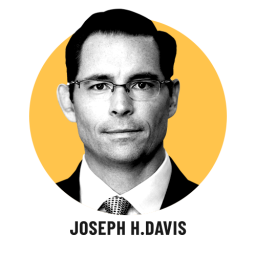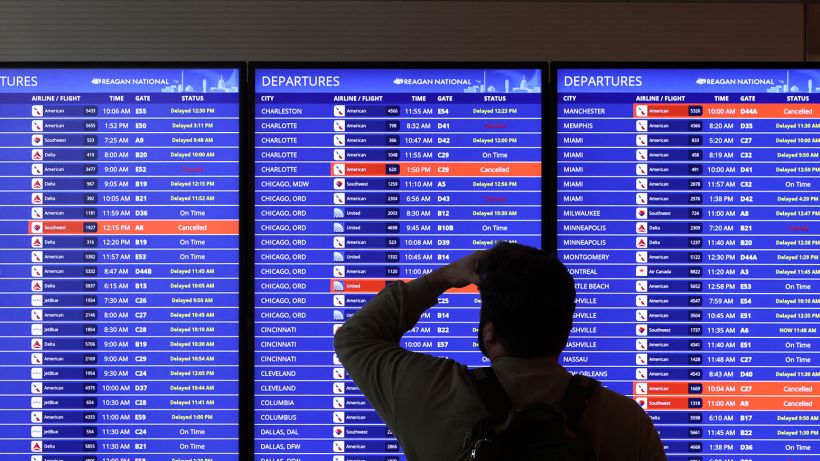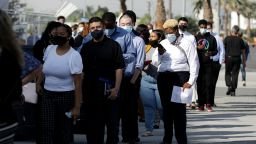Editor’s Note: Joseph H. Davis is Vanguard’s global chief economist. The opinions expressed in this commentary are his own.

The Federal Reserve is aware of the pain that spiraling prices are causing Americans. At the recent Jackson Hole Economic Symposium, Fed Chair Jerome Powell said bringing inflation down “will also bring some pain to households and businesses.” But what the nation’s central bankers are hesitant to discuss is what they would define as success in their fight against inflation and, in turn, when they might be willing to cease hiking interest rates.
Clearly, the Fed still has work to do. The latest inflation report showed that the prices of consumer goods and services were 8.3% higher, on average, year-over-year in August. While this represents a decline from the previous reading, it nonetheless shows that at such a level, consumers’ purchasing power is still eroding because wages are not keeping up with price increases. The broad US stock and bond markets have recorded double-digit losses over the last 12 months, leaving investors’ portfolios even further behind in real (inflation-adjusted) terms.
As I have discussed previously, the Fed will continue to lift its benchmark lending rate until inflation enters a sustained downward trajectory, falling below wage growth and approaching the central bank’s long-term target of 2%. But falling inflation alone may not bring an end to the Fed’s campaign. Instead, policymakers likely will take a more nuanced approach. I believe they’ll continue to raise rates until they’re satisfied that so-called “flexible prices” and “sticky prices” are under control. They’ll also want to see evidence that consumers believe that spiraling prices are in the rearview mirror.
Flexible prices
In the last six months alone, the Fed has raised the upper limit of its target range for short-term interest rates 10-fold — from 0.25% to 2.50%. Far from subtle, it’s been one of the most aggressive turnabouts in monetary policy in US history.
Before the Fed slows the pace and size of interest rate hikes, it likely will want to see three to six months of sustained deceleration in flexible prices, which apply to goods and services that can rise or fall in cost quickly. These include things like food, energy, and cars and trucks.
Today, gas prices have been moving in the right direction, but most flexible-price items still remain high. Policymakers are almost sure to continue hiking rates next week, lifting the upper limit of their target to 3% or 3.25%.
Sticky prices
Once policymakers are comfortable with the direction of flexible prices, they will want to make sure that sticky prices are also heading back toward their target. These are similar, though not the same, as so-called core inflation measures, which exclude food and energy prices. Sticky prices apply largely to services like rents and medical care. They don’t tend to change as much or as quickly as flexible prices.
While headline inflation has been easing, the trend among sticky prices and core inflation measures has yet to turn. Shelter and medical care services, for example, are still seeing price increases of roughly 6% year-over-year.
Inflation expectations
Inflation expectations are key because they affect consumer and business spending and investment decisions that drive the economy. Median expected rates of inflation over the next 12 months have eased to 5.7%, according to the Federal Reserve Bank of New York, down from 6.2% a month prior. And they’re at 4.8% as measured by the University of Michigan, down from 5.2%. For now, inflation expectations are not raising alarms or pushing the Fed to hike policy rates faster, but the Fed would like to see them drop closer to 2%.
Given my belief that the Fed will want to see signs of success in its campaign on three fronts — against not only flexible prices but also sticky prices and inflation expectations — it could be a while before policymakers declare victory in their campaign against inflation.




















